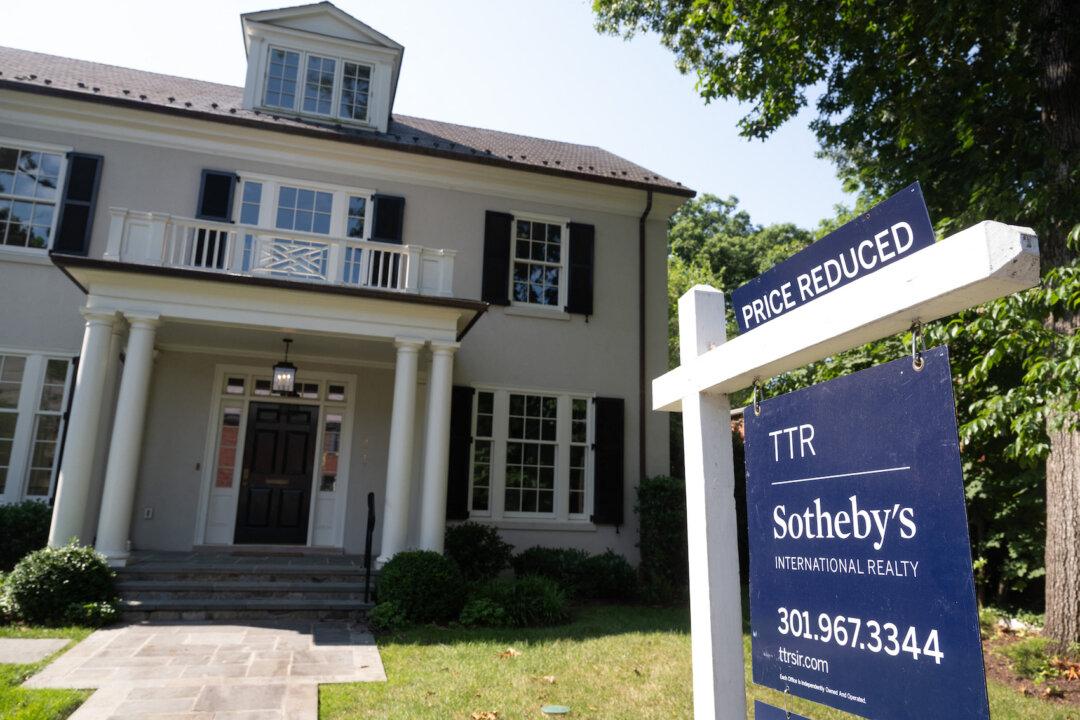U.S. home prices rose again in June, for the fifth successive month, rising close to their all-time high from a year ago.
Housing costs rose 0.7 percent from May, after dropping 0.4 percent in April, according to the S&P CoreLogic Case-Shiller US National Home Price Index, which was published on Aug. 30.
A rapid surge in the 30-year mortgage rate over the past few weeks is complicating matters for potential homebuyers.The average 30-year mortgage rate was at 7.54 percent on Aug. 28, according to Bankrate, down from 7.62 percent the week before and near its highest level in almost two decades.





